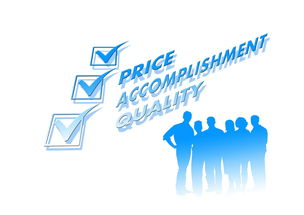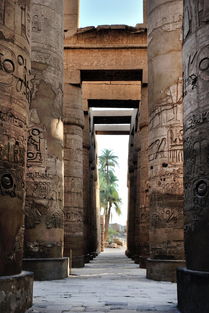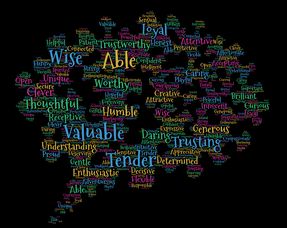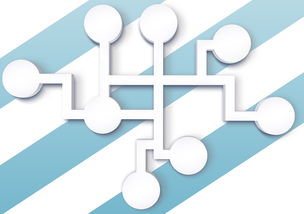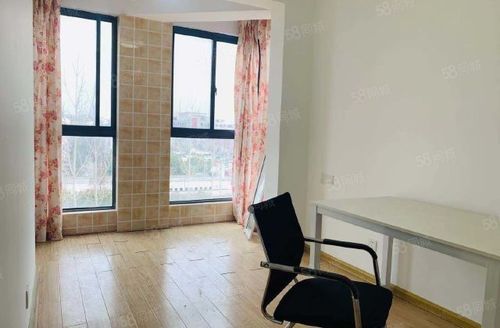Title: The Master Architect: Designing the Future with Multilingual Precision
As a seasoned architect, my world revolves around the intricate dance of form, function, and aesthetics. With a keen eye for detail and a passion for pushing boundaries, I have honed my craft in a globalized era where communication and collaboration are key. In this digital age, my role transcends traditional design boundaries; it extends to understanding and expressing ideas in multiple languages, making me a versatile force in the architectural landscape.
In English, the language of architecture, I begin by defining the project's concept - "Sustainable Urban Habitat," a modern structure that celebrates green spaces and promotes sustainable living. The project's inception requires not just an understanding of the client's vision but also a deep comprehension of their preferences expressed in English, a language that is the lingua franca of the industry.
Moving forward, the design process involves extensive documentation in English, where I articulate every line, curve, and material choice. I communicate with contractors, engineers, and other stakeholders using clear, concise English, ensuring everyone's on the same page. This clarity is vital in complex international projects where language barriers can often hinder effective collaboration.
When it comes to presentations, I create visually stunning PowerPoint decks and 3D models in English, accompanied by detailed narratives that can be easily translated. These presentations are a powerful tool to convey the vision to clients, investors, and the public, regardless of their native tongue.
But the true test lies in translating these designs into their native languages. Using advanced software and professional translation services, I ensure that the essence of the original design is preserved in each translated version. This level of precision is crucial, as cultural nuances can greatly influence how a space is perceived.
Moreover, I often collaborate with international teams who bring unique perspectives and ideas. English becomes a bridge, allowing us to share ideas freely and refine our designs together. It's not just about understanding the words, but understanding the underlying meanings and intentions behind them.
In conclusion, as a building designer, my proficiency in English extends beyond its linguistic capabilities. It is a tool that empowers me to connect with people from diverse backgrounds, navigate complex international projects, and ultimately, create spaces that resonate globally. Whether designing a landmark building or a community hub, my language skills enable me to deliver designs that transcend borders and stand the test of time.


